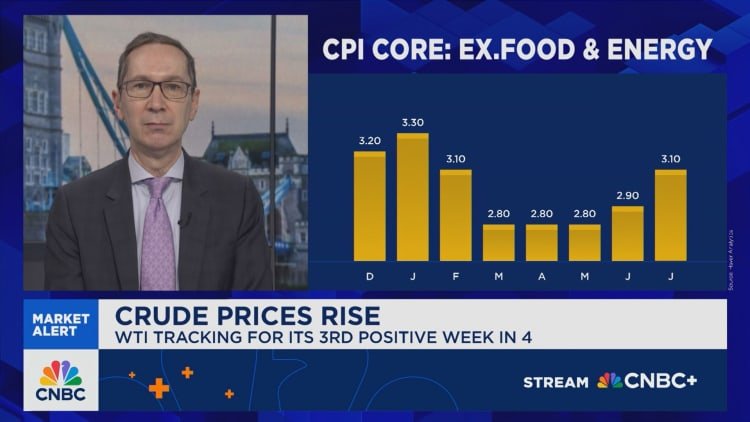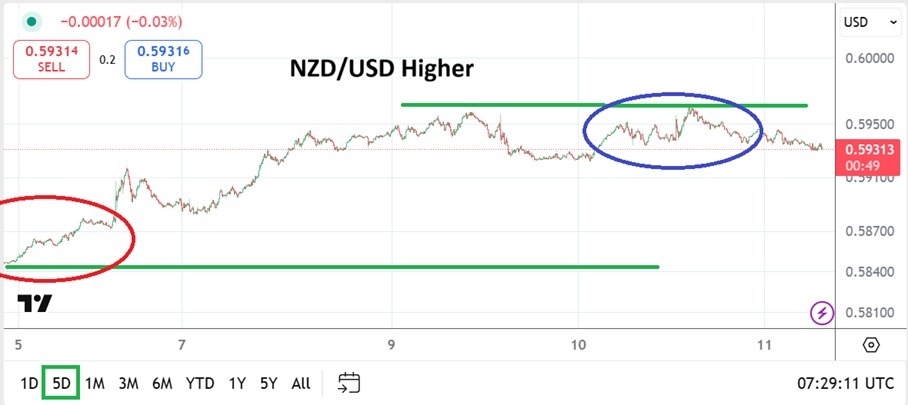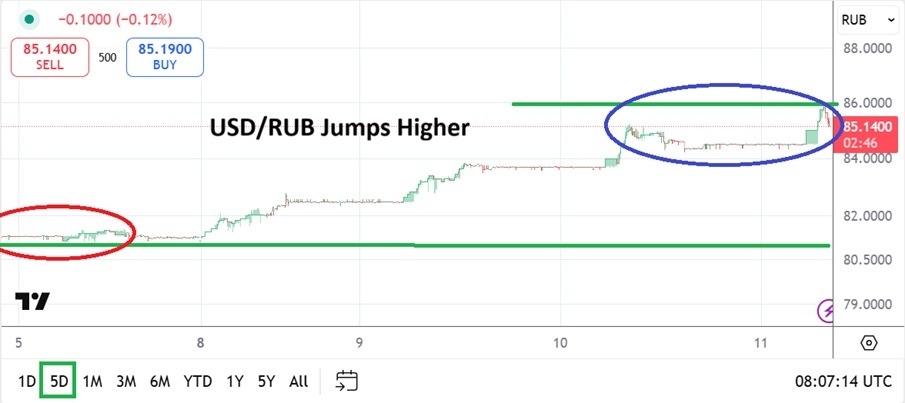Traders work on the floor at the New York Stock Exchange (NYSE) in New York City, U.S., August 14, 2025.
Brendan McDermid | Reuters
With the desire to have private market exposure alongside publicly traded stocks gaining traction among investors, Morningstar has developed a benchmark to reflect the trend.
The Morningstar PitchBook US Modern Market 100 Index, or the Modern Market 100, is the first to combine public and private equity exposure in one index, the investment research company announced Wednesday. The benchmark is meant to capture the performance of 100 of the largest U.S. companies, broken down to 90 public firms and 10 venture-backed companies, the firm said.
The 90/10 skew is designed to reflect what Morningstar considers the modern asset universe, which is one where opportunities are expanding in the private markets and companies such as OpenAI and Stripe are able to stay private for longer.
“Companies don’t feel the urge to go public because they can raise a lot of capital,” Sanjay Arya, head of innovation, index products, at Morningstar. “So, to ignore them, I think you’re missing out on some of the fastest, most dynamic companies out there.”
The private equity universe is dwarfed by the value of publicly held companies. The U.S. public stock market is worth roughly $60 trillion, while the U.S. private equity universe is roughly $8 trillion, Arya said. However, private companies may reflect where the economy is heading.
“The indexes are supposed to give you an indication about what the economy is, or the market sentiment is, or where people investors should be looking for opportunities,” Arya said. “And you can’t do that on public markets alone if a big chunk of it is outside public markets.”
The trend may become even more pronounced. Alternative asset managers notched a big win this summer after President Donald Trump in August signed an executive order clearing the path for alternative assets to be added into 401(k)s.
Yet exposure to private assets has been growing for years. According to Morningstar, since 2021, crossover investors including sovereign wealth funds, private equity buyout firms, and hedge funds have been involved in roughly 5,000 private market transactions totaling $450 billion. Arya is hoping the Modern Market 100 will give investors a framework to benchmark performance across both asset classes.
It isn’t without its challenges, however. The work started roughly four years ago, Arya said, explaining that the firm needed to develop a rules-based process for a public-private benchmark, given the challenge in pricing securities for private assets. He said his team relied on secondary trading platforms such as Caplight and Zanbato to aggregate pricing transaction data. The index also applies liquidity screens, quarterly rebalances and daily calculations.
More risk
The index is also tracking companies with inherently more risk given their preference for the largest cap companies, which tend to skew toward big tech. The top 10 public constituents in the modern market index include Microsoft, Nvidia, Apple, Amazon and Meta Platforms. The top 10 private constituents include SpaceX, OpenAI, xAI and Stripe.
In other words, there’s a preference for growth companies with more inherent risk. That could mean the index is vulnerable to a pullback if the tech sector starts to falter — especially at a moment when many investors fear the megacaps are priced for perfection.
On the other hand, it could mean the benchmark is poised to capture more outperformance. In a white paper, Morningstar showed that the 1-year return for the Modern Market index is 28.2%. Over the same time period, the S&P 500 jumped 20%.
According to Arya, the index allows investors to track a very different opportunity than what is captured in major benchmarks. After all, OpenAI, a company reportedly valued at $500 billion, is bigger than Exxon Mobil, Palantir or Procter & Gamble, and yet it’s a name that most investors have little exposure to in their portfolios.
He noted that benchmarks have evolved over time to better reflect the drivers of economic growth, starting with the railroad companies that defined the Dow Jones Industrial Average at its inception in the late 1800s to the innovation economy of today.
“We have this big component of innovation economy, and not being able to fully capture that, which is mostly right still in the late-stage venture space, I think it just kind of provides a fuller picture.” Arya said.
“That actually helps you understand how these contours are kind of shifting over time,” he continued. “I think, provides great insights for investors.”






